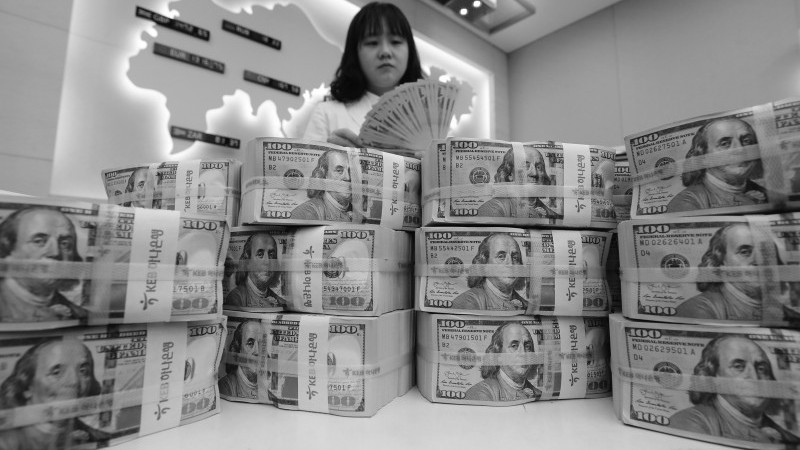FX: Dollar Bounce Underwhelms
If, at the start of the year, we had been told that US bonds would sell off 50bp at a time that Europe’s slow vaccine rollout had meant lockdown extensions, what reaction would we have expected of EUR/USD? Probably most of us would have expected far greater losses than the 1% actually seen.

Dollar bounce underwhelms
The dollar should have done much better in the first two months of the year. This should have been the quarter when the dollar advanced either on: a) the far superior vaccine rollout in the US relative to continental Europe or b) a dramatic, (verging on the disorderly) rise in US bond yields which necessitated a re-pricing of risk assets.
In the G10 space, true, the dollar is 3% higher against the most defensive low-yielders of the Japanese yen and the Swiss franc. Yet many of the commodity currencies are still up 1-2% against the dollar since the start of the year. The fact that EUR/USD has ‘only’ dropped 1% year-to-date we read as the euro being traded as a cyclical currency and one that should benefit when 2Q21 provides broader indications of a synchronized recovery – which we still expect to be the case.
In other words, the recovery is a conviction trade.
Also denting the dollar’s credentials may be the sense that the US is racking up more debt to be spent on consumption. This has implications for the trade deficit as well as a desire from Washington to keep the dollar soft, such that trading partners are not taking advantage of US consumption with under-valued currencies.
The Fed plays its part here by keeping real rates as negative as possible for the parts of the yield over which it has control.
FX takes a back seat to bonds
Over the last month, FX markets have certainly played second fiddle to bonds – so much so that the European Central Bank is closely monitoring events in the bond markets rather than in FX. We are still of the view, however, that a broadening recovery in 2Q can push EUR/USD to the 1.25 level – where the ECB's verbal intervention will presumably power up again.
In our Timing the Tantrum cross-market piece, we also highlighted how the FX market might perform if the Treasury sell-off escalated into a full-scale tantrum similar to the one seen in 2013.
There have been instances where a repeat of the 2013 sell-off has started to reappear – especially in high yield emerging market FX such as the South African rand as Turkish lira. However, EM economies have more stable external positions than those seen in 2013 and we would not expect to see a repeat of the 15-20% adjustment suffered by the most vulnerable countries back then.
Instead, we think position-adjustment would play a greater role today, with those most exposed to a further Treasury sell-off such as the heavily-backed Czech koruna in Europe, or the Korean won in Asia – the latter being exposed to equity outflows.
Yet our base case is that the recovery/reflation trade dominates in 2021, such that any corrective dip in currencies exposed to the global business cycle (including the EUR) proves short-lived and 5-8% rallies are achievable by year-end.
Disclaimer: This publication has been prepared by ING solely for information purposes irrespective of a particular user's means, financial situation or investment objectives. The information does ...
more


